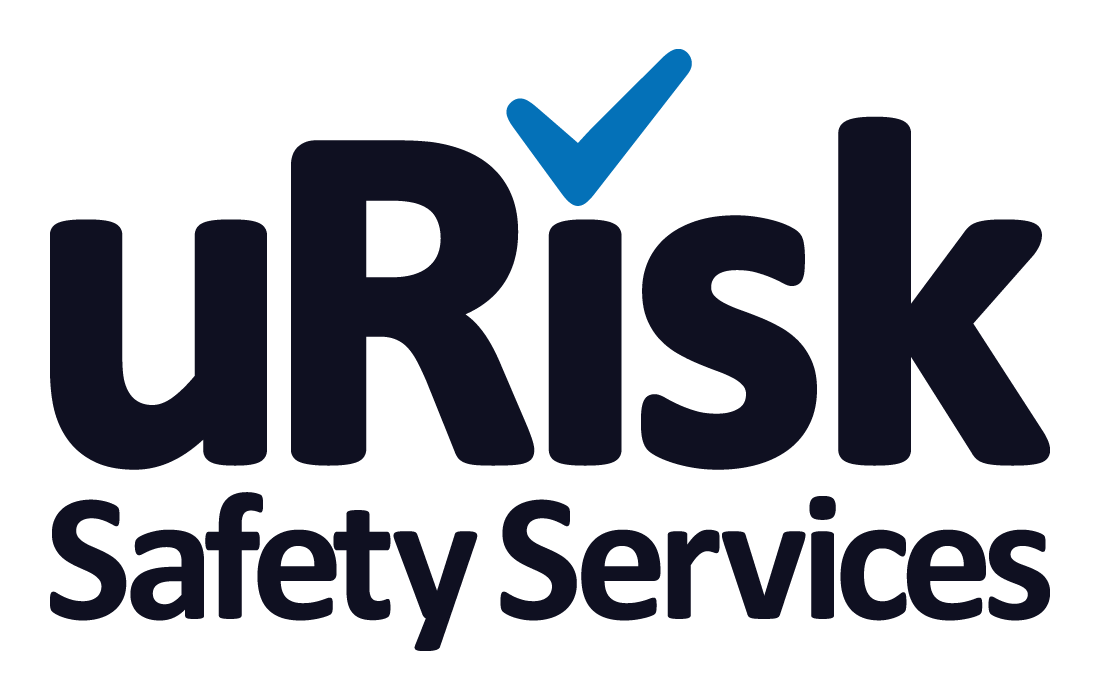Even if you do not yet know what Thermostatic Mixing Valves (TMVs) are, it is likely you will have already made use of them on many occasions. A TMV is a specialist valve that ensures the water temperature is at a safe and comfortable level for people to use. TMVs are installed in taps or showerheads and blend the mains hot water supply and mains cold water supply into a single feed. Passing water through TMVs on its way to the tap ensures that by the time it reaches the user, it is sufficiently warm but not so hot that it risks people burning themselves.
Why should I be concerned about water temperature?
If you are an employer or someone in control of premises, it is your legal responsibility to protect your staff, residents or visitors from the risks of legionella. A water-borne bacterium, legionella thrives in water at temperatures of between 20°C and 45°C. If legionella is inhaled in contaminated droplets of water (aerosols), it can settle in the lungs and lead to the potentially fatal Legionnaires’ disease.
A range of control measures should be implemented following a thorough legionella risk assessment – and one of the most effective measures is to control the temperature of the water in your building’s water system. Hot water sources such as hot water cylinders should be kept at a temperature of 60°C or above in order to kill the legionella bacteria. However, storing and circulating water at such high temperatures presents a risk of a different kind – scalding. And this risk is a particular concern in premises used by vulnerable people, such as the very young, elderly people, and people with disabilities or sensory loss, who may not recognise high temperatures and react quickly enough to move their hand away from the water.
According to Health and Safety Executive guidelines, “The use and fitting of TMVs should be informed by a comparative assessment of scalding risk versus the risk of infection from legionella.” When that assessment identifies a significant scalding risk, fitting TMVs at appropriate outlets is required to safeguard against this risk.
Why a mixer tap is not an effective alternative
A mixer tap – a single tap that has a manual control allowing the user to blend the supply of hot and cold water – is not sufficient to prevent the risk of scalding because the temperature of the blended water is dependent on the user. If no cold water, or not enough cold water, is added, the water emitting from the tap can still present a scalding risk. Only a correctly installed and regularly maintained TMV can eliminate this risk by controlling the temperature of the water before it comes out of the tap.
What type of TMV?
There are two types of TMVs:
- Type 2 TMVs are commonly used in domestic environments or premises in which scalding risk has been assessed as low.
- Type 3 TMVs are designed for use in places where a scalding risk has been assessed as significant, including healthcare environments such as hospitals and care homes. Type 3 TMVs, which are pre-set and fail-safe, adhere to NHS regulatory standards and are essential in healthcare settings.
Installation and maintenance
A variety of factors need to be considered before a TMV is fitted. They include where in the system it will be fitted, the type of valve required, and how many taps the valve will serve. The temperature setting of the TMV will depend on the water outlet it serves, for example, basin, shower, unassisted bath, bath for assisted bathing or bidet. It is therefore essential that TMVs are installed by a qualified and experienced specialist.
Regular TMV servicing, maintenance and testing must also be carried out to ensure the TMVs are operating effectively – the frequency of this should be determined by the risk assessment and the manufacturer’s recommendations. uRisk’s TMV servicing includes: a visual inspection of the TMV; a temperature check and recalibration if required; testing to ensure the failsafe mechanism operates correctly; and a thorough clean, descale and disinfection of any strainers or filters.
